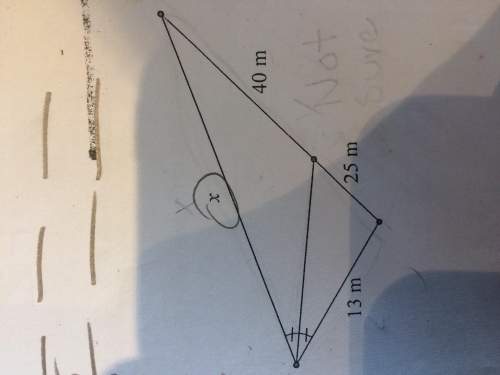
Mathematics, 30.11.2020 06:10, alexandraparava
After a rotation, A(–3, 4) maps to A'(4, 3), B(4, –5) maps to B'(–5, –4), and C(1, 6) maps to C'(6, –1). Which rule describes the rotation?


Answers: 3
Other questions on the subject: Mathematics




Mathematics, 21.06.2019 21:30, natalieburnett82
Ihave a triangle with a 60 degree angle. lets use d for that angle. what are the values of e and f if d is 60 degrees? and what do you notice about the values of e and f?
Answers: 2
Do you know the correct answer?
After a rotation, A(–3, 4) maps to A'(4, 3), B(4, –5) maps to B'(–5, –4), and C(1, 6) maps to C'(6,...
Questions in other subjects:

Mathematics, 22.09.2019 04:50


Geography, 22.09.2019 04:50


Social Studies, 22.09.2019 04:50




Physics, 22.09.2019 04:50








